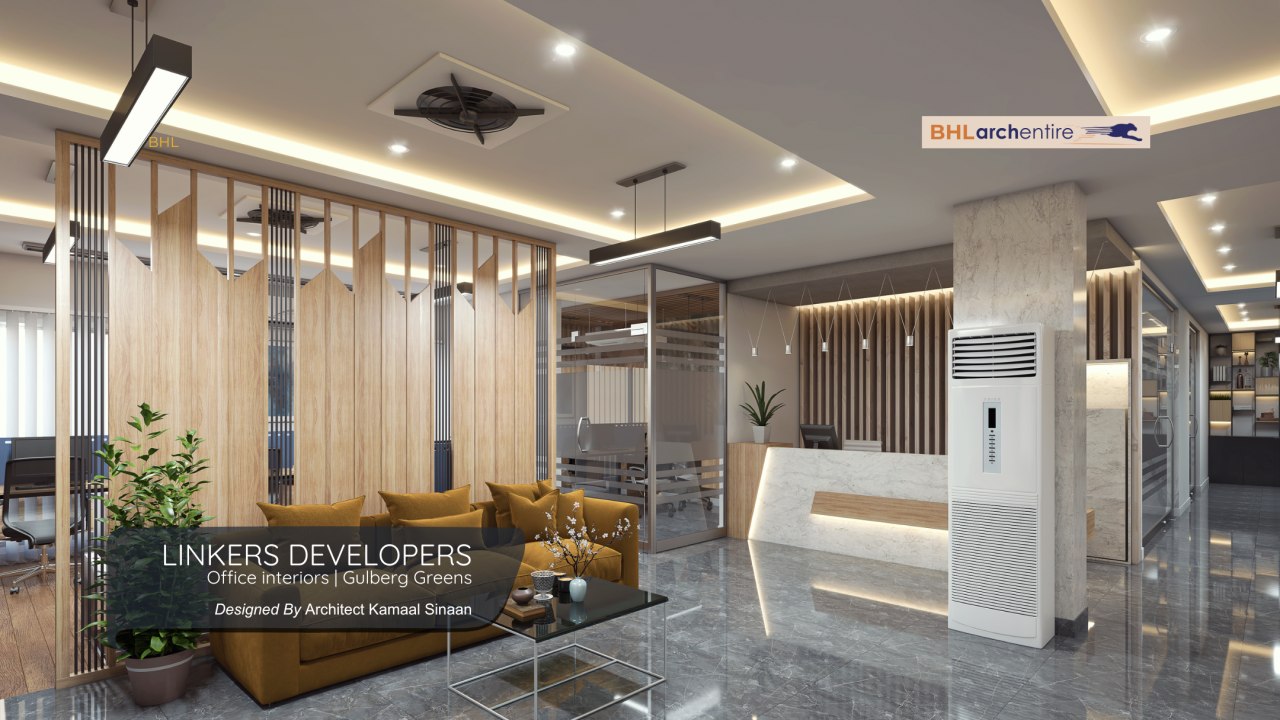How Interior Elements Reflect Branding and Office Functionality
In today’s competitive business landscape, an office is more than just a place to work—it’s a physical embodiment of a company’s identity and a tool to enhance how teams operate. Thoughtful interior design goes beyond aesthetics, weaving together a brand’s essence with the specific activities that define each workspace. Here, we explore several examples that showcase how interior elements—think spatial layouts, lighting, materials, and color schemes—bring branding and functionality to life.
1. The Tech Innovator: Openness Meets Creativity
For a cutting-edge tech firm, fostering innovation and collaboration is key. Interior design can reflect this through expansive, fluid layouts that encourage spontaneous interaction. Picture walls lined with writable surfaces or glass partitions that maintain transparency while subtly defining zones. A vibrant color palette—perhaps bold blues or energetic greens—echoes the company’s forward-thinking ethos, while natural light floods the space to keep energy levels high. The design prioritizes movement and adaptability, aligning with the fast-paced, iterative nature of tech development.
2. The Law Firm: Authority with Approachability
Legal offices often need to strike a balance between professionalism and client comfort. A rich material palette—think dark wood paneling or sleek stone finishes—can convey stability and trust, core tenets of the brand. Strategic lighting, like recessed fixtures or warm accent lamps, creates a focused yet welcoming atmosphere. The layout might feature defined pathways leading to private meeting rooms, ensuring confidentiality while subtly guiding clients through the space. Every element reinforces the firm’s reputation without sacrificing practicality for its daily operations.
3. The Creative Agency: Bold Identity in Motion
For a branding or advertising agency, the office itself becomes a canvas. Exposed brick or concrete walls might nod to a gritty, authentic vibe, while pops of unexpected color—like a vivid accent wall—mirror the team’s playful ingenuity. Open zones for brainstorming flow into quieter nooks for deep focus, reflecting the ebb and flow of creative work. The design doesn’t just support the team’s process; it screams the agency’s fearless, imaginative spirit to every visitor who walks through the door.
4. The Wellness Startup: Calm Meets Connection
A company rooted in health and well-being demands a space that feels both restorative and communal. Soft, earthy tones on walls and flooring can evoke tranquility, aligning with the brand’s mission. Biophilic design—think vertical gardens or skylights—brings nature indoors, supporting employee wellness while subtly reinforcing the company’s values. Flexible layouts with communal hubs encourage team connection, mirroring the startup’s focus on community-driven health solutions.
The Bigger Picture: Design as a Strategic Tool
What ties these examples together is a clear intent: interior design isn’t just about how a space looks—it’s about how it works and what it says. The layout dictates movement, the lighting shapes mood, and the materials tell a story. Each choice is tailored to the specific activities of the office—whether that’s collaboration, client interaction, or creative output—while amplifying the brand’s voice.
Great design starts with understanding what a company stands for and how its people thrive. By focusing on these foundational elements, businesses can craft spaces that don’t just function but inspire—proving that the right environment can elevate both culture and performance.

